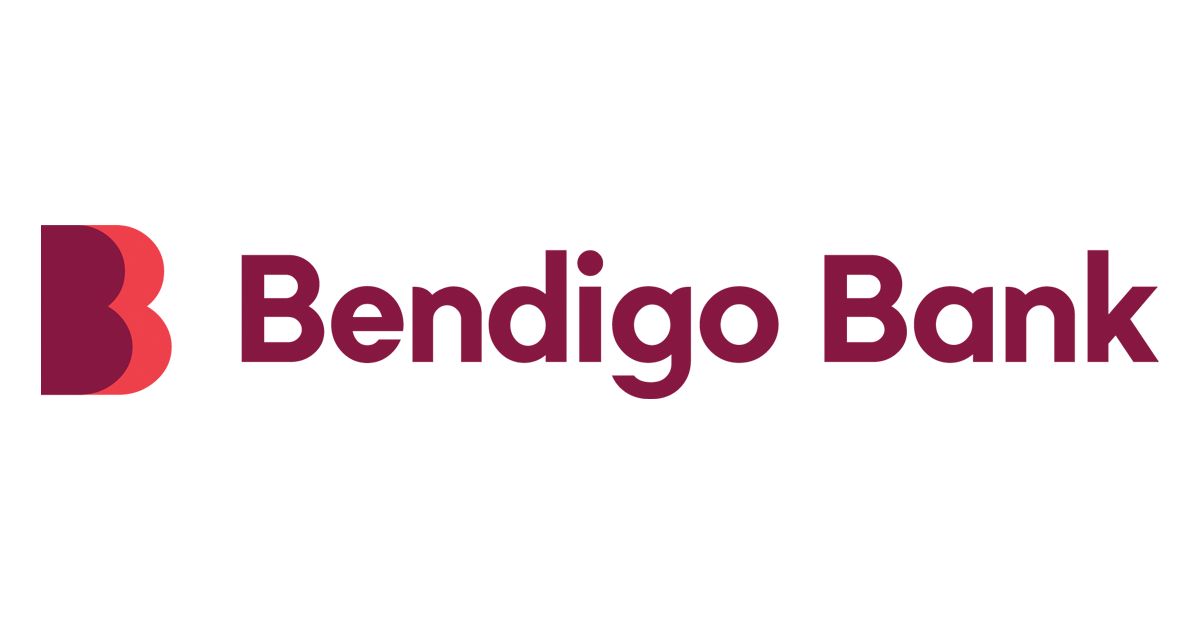Mortgages come with a variety of optional features that could potentially save you thousands over the course of your loan. One of the most popular is an offset account. In this article, we discuss the pros and cons of offset accounts and how to make the most of the savings they offer.
What is an offset account?
An offset account is like a savings account that’s linked to your mortgage. You can deposit your income into it and use a debit card to withdraw money or make purchases whenever you choose.
The money in the account is offset against your home loan, reducing the amount of interest you pay. For example, if you owed $100k on your mortgage and you had $20k in your offset account, you would only pay interest on $80k.
Most offset accounts are available on variable home loans, though a few fixed-rate loans offer them too.
Should I use an offset account or make extra repayments?
The main difference between extra repayments and offset accounts is that when you make a repayment on your loan, that money in now in control by the lender. You may be able to redraw it, but you’ll need the lender’s approval, and you may be subject to restrictions and fees.
The money in an offset account is in your control, which is why you can withdraw it anytime, and most lenders won’t charge you fees for the transaction. You have a lot more control over the funds, and this gives you far more flexibility.
What is a partial offset account?
Currently, the major banks offer 100% offset accounts on their variable loans. This means that all the money in the account can be offset against your mortgage.
Some smaller lenders offer partial-offset accounts. This means that only part of the money in the account is used to offset your loan. For example, say you have a 50% partial offset account. If you deposit $20k into it, only 50% or $10k of that will be used to offset your loan.
Less common on the Australian market are partial-interest-offset accounts, though they do exist. For example, take a $100k mortgage with an interest rate of 4% p.a. and a partial-interest-offset account which gives you a 2% discount on your interest rate. If you put $25k into the offset account, the interest on your mortgage would be 2% on $25k and 4% or the remaining $75k.
What features should I look for in an offset account?
- Easy to use: it’s a good idea to consider how easy your offset account is to use. Can you link other accounts to it? Do you have to use the account online, or can you also make withdrawals and deposits in person? Does the account have BPAY, direct debit and EFTPOS options so you can easily pay your bills?
- Low or no fees: are there any fees for withdrawing funds or running the account?
- Balance limits: is there a minimum balance required before it starts offsetting your loan? Is there a maximum amount you can deposit into your offset account?
How can I make the most of my offset account?
Consider putting your wages into your offset account. It may seem like a small amount to offset a large mortgage, and it may not be in the account long, since you’ll probably need to spend it on living expenses. But in the long run, this strategy can save you thousands of dollars in interest.
Because the interest on your mortgage is calculated daily, the longer you can keep money in the offset account, the less interest you’ll pay. You may want to pay bills close to their due date, so the funds can sit in the account longer.
You may also want to take advantage of a credit card with interest-free days. Instead of paying for things in cash or by EFTPOS, you can charge your expenses to the credit card. In this way, you can leave your savings in the offset account until the credit card payment is due, and then pay off the whole balance owing on the card.
If you want to use any of these strategies, remember to time your payments carefully, so that you don’t miss the due dates and get hit with late fees.


















